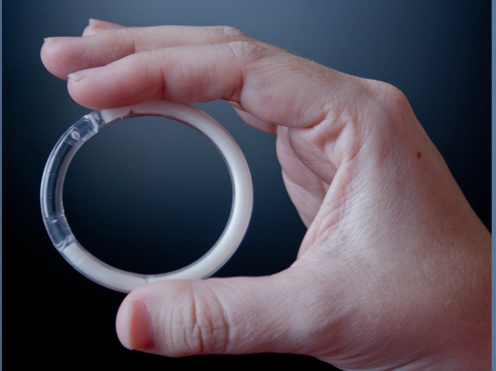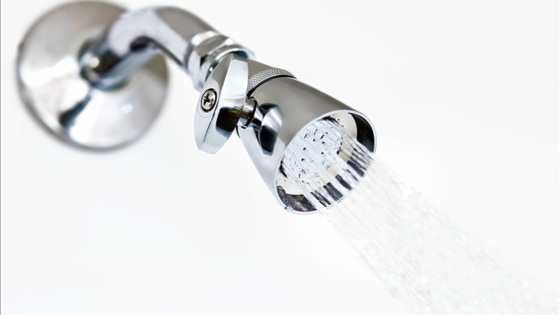
It is rightly said that behind the success of every man, there is a woman. Gone are the days when a woman was just confined to the home and kitchen. So, if you are working, dear lady, you need to take care of your health too in order to take care of your family. Juggling long working hours and family life, one rarely finds time for themselves. But, complaining is not the solution. It is crucial to maintain a balance between your personal and professional life.
This Women’s Day, we bring to you some quick and easy tips to keep you healthy and rejuvenated.
Try staying active throughout the day like when you are in office, avoid sitting for long hours and instead take a walk in between, or do some desk exercises such as stretching on the chair, twisting etc. in order to relieve stress and exhaustion.
-Enforcing a healthy lifestyle and good eating habits is another major area that you need to take care of. Never try to fill your stomach with junk food when hungry, rather try to snack healthy like having fruits, juices, nuts etc.
-Try drinking a lot of water say at least 7-8 glasses daily as it helps the body to function properly and also prevents dehydration.
-Hangout with friends and try to be happy and leave aside your worries. When you are happy your body releases good hormones called `endorphin` which help in combating stress.
-After weeks of hectic work schedules, you surely deserve a pamper session. So, take time out and go to for a relaxing spa session and manicure, pedicure, facial sittings once a month. Also, do what it takes to give yourself a little `you` time everyday.
So go on ladies make the most of these tips and stay healthy.
Source: Zee news



 Ravi (name changed), a 23-years-old MBA graduate, shifted to his new residence in Gwalior, Madhya Pradesh. It was late evening when he received a phone call on his mobile. While talking on mobile, he walked to the rooftop and stood near the parapet. It was dark outside and little did he know that there were high-tension wires passing near the roof carrying 11,000 volts of current.
Ravi (name changed), a 23-years-old MBA graduate, shifted to his new residence in Gwalior, Madhya Pradesh. It was late evening when he received a phone call on his mobile. While talking on mobile, he walked to the rooftop and stood near the parapet. It was dark outside and little did he know that there were high-tension wires passing near the roof carrying 11,000 volts of current.





